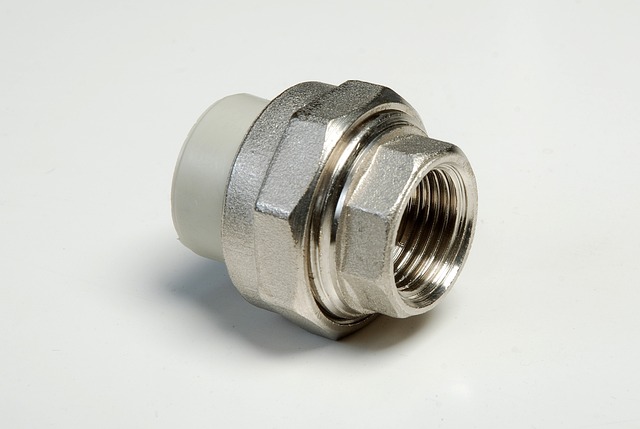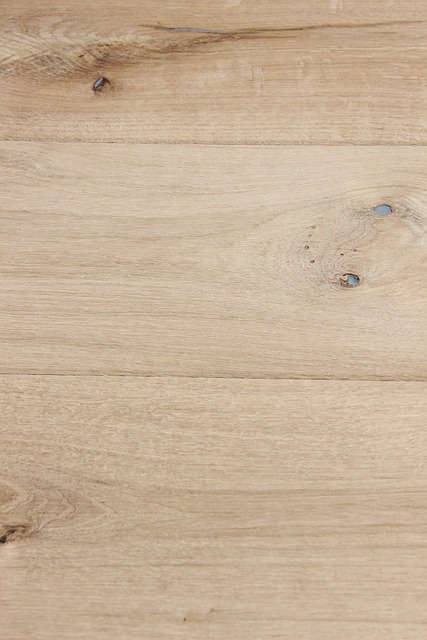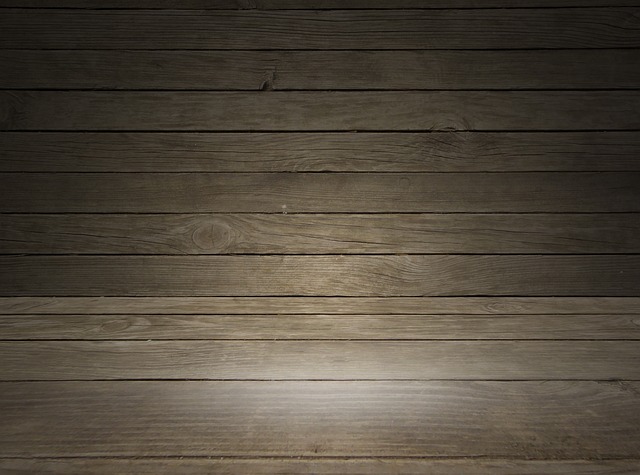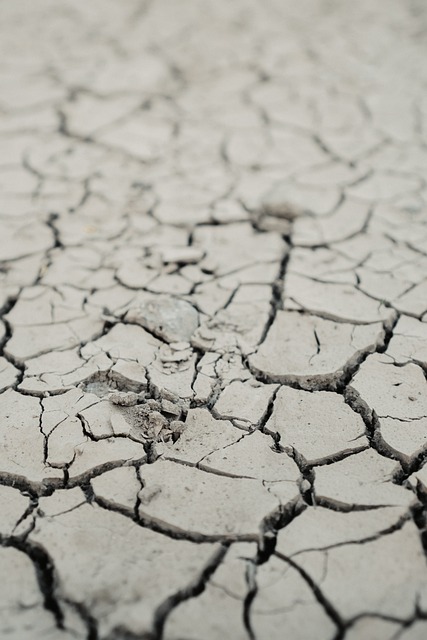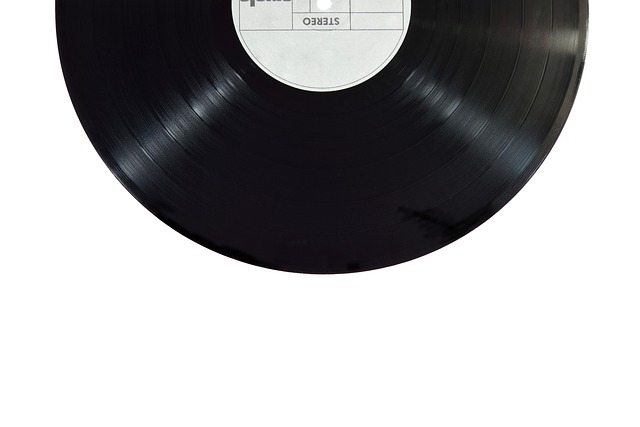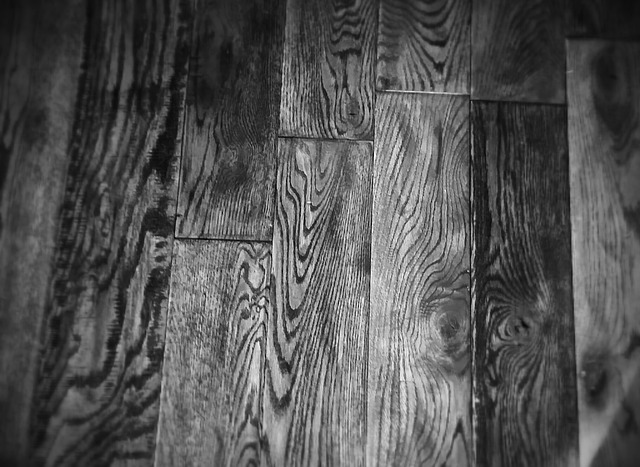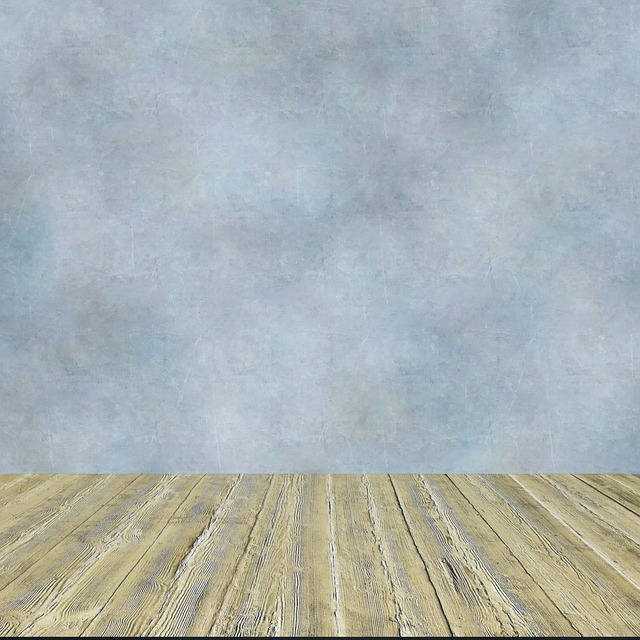Flooring Installers: A Foundation for Excellence
Introduction:
Flooring installers are the unsung heroes of home improvement and commercial renovation projects. They play a pivotal role in transforming bare concrete or subfloors into aesthetically pleasing and functional spaces. This comprehensive article delves into the intricacies of the flooring installation profession, its global impact, technological advancements, economic considerations, policy frameworks, and future prospects. By the end of this exploration, readers will have a thorough understanding of the significance of flooring installers and the multifaceted nature of their work.
Understanding Flooring Installers:
Flooring installers are skilled professionals who specialize in the installation of floor coverings, including hardwood, tile, carpet, laminate, and vinyl. Their expertise encompasses a deep knowledge of different materials, adhesives, subfloors, and tools required for precise and durable work. Historically, these craftsmen have been integral to building construction and maintenance, with their craft evolving alongside human settlements. Today, they are at the forefront of design and functionality in both residential and commercial settings.
Global Impact and Trends:
The impact of flooring installers transcends borders, influencing global markets for materials and labor. Key trends include a rise in sustainable flooring solutions, a preference for DIY installation in consumer markets, and the growing demand for smart flooring technologies that integrate heating or sound systems. Different regions show distinct preferences: North America favors hard surface flooring, Europe tends towards laminate and engineered wood, while Asia is seeing significant growth in both traditional and innovative flooring applications.
Economic Considerations:
Floor installation is a cornerstone of the construction industry, contributing significantly to its economic output. Market dynamics are influenced by consumer preferences, housing starts, and commercial renovation projects. Investment patterns in high-end residences and green building certifications have also shaped the market. Floor covering installers not only drive demand for materials but also influence the broader economy through job creation and innovation.
Technological Advancements:
Technological advancements in flooring installation range from precision cutting tools to digital design software. The introduction of smart flooring systems that can regulate temperature or play music has revolutionized the industry. These technologies not only improve efficiency but also offer consumers enhanced functionality and aesthetics. The future promises even more integration with home automation, making flooring installers key players in the smart home revolution.
Policy and Regulation:
Policies and regulations governing flooring installation ensure safety, quality, and environmental standards. Occupational health and safety regulations protect workers from potential hazards. Building codes dictate how floor coverings must be installed to ensure longevity and performance. International standards for materials and installation processes further guide best practices across borders.
Challenges and Criticisms:
Flooring installers face challenges such as adapting to new material innovations, training in sustainable practices, and staying abreast of technological advancements. Criticisms often revolve around the use of non-recyclable materials and the environmental impact of certain flooring types. Strategies to overcome these issues include embracing sustainable materials, improving worker education, and advocating for responsible manufacturing processes.
Case Studies:
Several case studies illustrate successful applications of flooring installation. One example is a LEED-certified office building where innovative flooring solutions contributed to energy efficiency and sustainability goals. Another case study details a historical renovation that preserved the integrity of original materials while integrating modern, durable flooring systems. These examples provide valuable insights into best practices in the field.
Future Prospects:
The future of flooring installation is bright, with potential growth areas including smart home integration and increased focus on health and wellness through flooring choices. Emerging trends such as modular flooring systems and biodegradable materials are shaping the industry’s trajectory. Strategic considerations for professionals in this field include specialization in niche markets and staying informed on regulatory changes that could impact their work.
Conclusion:
Flooring installers are integral to the construction, renovation, and maintenance of buildings worldwide. Their expertise ensures that floors not only serve their functional purpose but also enhance the aesthetic appeal of spaces. The profession’s economic significance, technological evolution, and environmental impact highlight the critical role these professionals play in shaping the built environment. As we look to the future, flooring installers will continue to be at the forefront of innovation, craftsmanship, and design.
FAQ Section:
-
What is a flooring installer?
A flooring installer is a skilled tradesperson who specializes in the installation of various types of floor coverings, ensuring they are properly laid to meet specifications for both appearance and functionality.
-
What materials do flooring installers work with?
Flooring installers work with a wide range of materials including hardwood, tile, carpet, laminate, vinyl, and increasingly, innovative smart flooring options.
-
Are there any certifications or qualifications needed to become a flooring installer?
Yes, many regions require specific certifications or vocational training to work professionally as a flooring installer. These ensure that installers are knowledgeable in the latest techniques and safety standards.
-
How does technology affect the flooring installation industry?
Technology has revolutionized flooring installation through precision tools, digital design software, and the integration of smart home systems within floors. This leads to higher quality installations and more advanced functionalities.
-
What are some sustainable practices in flooring installation?
Sustainable practices include using recycled materials, ensuring proper disposal or recycling of old flooring, and choosing products that contribute to LEED certification for green building projects.
-
How does the job outlook look for flooring installers?
The demand for skilled flooring installers is expected to remain steady due to ongoing construction and renovation projects, with particular growth in areas emphasizing sustainability and smart home technology.
Luxury Vinyl Tile (LVT) flooring has become a popular choice for its durability, visual appeal, and low maintenance, suitable for both residential and commercial spaces. To ensure the best LVT installation, it's crucial to select a specialized professional who can handl…….
Luxury Vinyl Plank (LVP) flooring offers a resilient and visually appealing alternative to traditional hardwood or stone, with its realistic texture and plank variations. Ideal for high-traffic areas due to its scratch, stain, and moisture resistance, LVP's ease of inst…….
Luxury Vinyl Plank (LVP) and Luxury Vinyl Tile (LVT) flooring are modern, practical alternatives to traditional hardwood and stone that offer the visual appeal of natural materials with enhanced durability and minimal maintenance. LVP consists of multiple layers, including a…….
Luxury Vinyl Plank (LVP) flooring stands out as a superior choice for those seeking durable, stylish, and low-maintenance options for their homes or businesses. It boasts a multilayer construction with a wear layer that resists scratches, stains, and moisture, making it idea…….
Luxury Vinyl Plank (LVP) flooring is a superior alternative to traditional hardwood, offering the visual appeal of wood with enhanced durability and ease of maintenance. It's waterproof, perfect for moisture-prone areas, and comes in various designs to suit any space. L…….
When considering the installation of luxury vinyl plank (LVP) or luxury vinyl tile (LVT) flooring, it's important to prioritize professional guidance for a durable and visually appealing outcome. LVP replicates natural wood or stone with less maintenance than traditiona…….
Luxury Vinyl Tile (LVT) flooring is a durable and stylish option for both residential and commercial spaces, offering the look of real wood or stone with added benefits like moisture resistance and ease of maintenance. If you're considering an LVT installation to upgrad…….
Luxury Vinyl Plank (LVP) and Luxury Vinyl Tile (LVT) flooring are durable, stylish options for both residential and commercial spaces, offering practicality with the aesthetic appeal of traditional hardwood or stone. LVP and LVT are resistant to scratches, stains, and moistu…….
Luxury Vinyl Tile (LVT) flooring offers a cost-effective, durable, and visually appealing alternative to natural stone or hardwood for home renovations. Its wear layer protects against scratches, stains, and moisture, making it ideal for busy homes with pets or children. LVT…….
When considering new flooring for durability and style, Luxury Vinyl Tile (LVT) stands out as a top contender. It's a versatile option that offers the aesthetic of hardwood or stone with added resilience against scratches and stains. To achieve the best results with LVT…….

